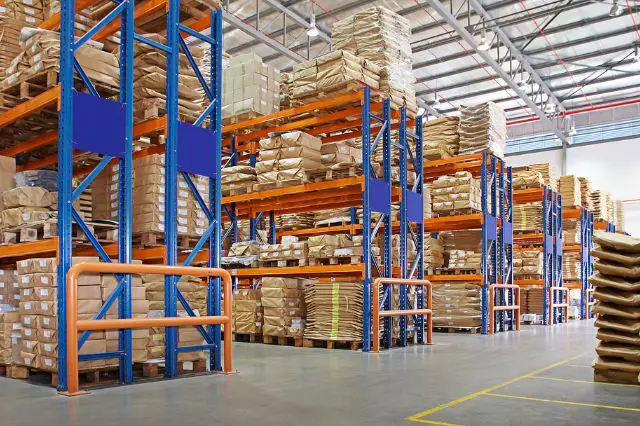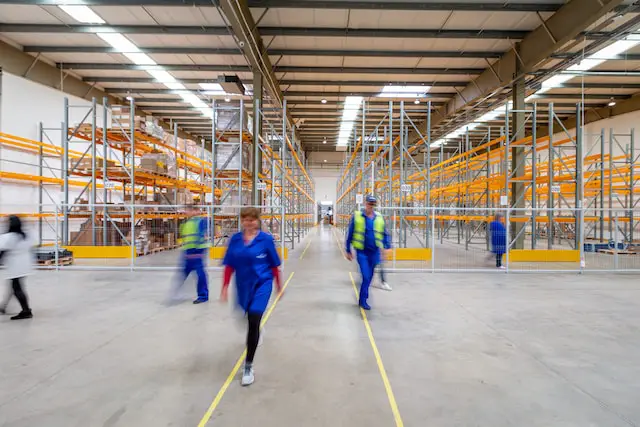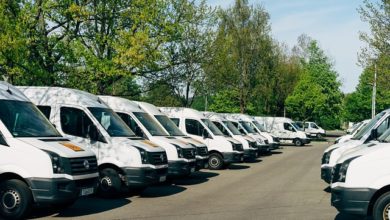From Warehouse to Wishlist: The Journey of E-Commerce Fulfillment

If you run an e-commerce brand, you’ll want to understand the journey of fulfillment. It starts in the warehouse and doesn’t end until the customer has their order on their doorstep. Many processes are involved, so you’ll want to know about all of them to keep your brand efficient.
Ready to learn more? Let’s dive in!
1. Receiving and Storing Products in the Warehouse
The very first step in every fulfillment process will be receiving the products. You’ll have to source them from manufacturers. Once the products arrive, you’ll store them in the warehouse until someone orders them.
You must monitor customer demand to ensure you always have enough products in your warehouse. Running out can cause customers to feel frustrated. On the other hand, having too many goods to store can raise your warehousing costs, so you need to find a nice balance. There are plenty of programs that can help you with this.
Effective inventory management will help your day-to-day run as smoothly as possible. Everything should be organized well, with items usually ordered together next to each other for efficiency.
Importance of Fulfillment Centers
Fulfillment centers can be a part of the process if the e-commerce brand happens to outsource to one. These centers act as warehouses and do all the company’s picking, packing, and shipping.
They do all of the fulfillment work so the company can focus on its marketing and creating better products for customers.
2. Products are Listed in Online Stores
Next, the received products are listed in online stores. You can do this through data entry or an automated system. Most of the time, an automatic system will be more accurate and much faster.
The best product pages feature reviews, images, videos, and detailed descriptions. These elements can showcase your products in the best light, encouraging customers to add them to their virtual carts.
3. Customers Wishlist the Items
Wishlists are places where customers can save the products that they want. They’re instrumental because they allow users to search and mark what they want to buy for later. They won’t feel pressured to buy immediately.
Customers can also share wishlists with one another, making them essential for buying gifts.
Lastly, wishlists can let businesses see what their most desired products are.
4. Customer Places an Order

Next, the customer places an order. When they do, this is where the fulfillment process officially begins.
The e-commerce site’s technology will communicate with the warehouse. It creates a list of the orders the staff must pick and pack. It’s automated and fast, so orders can go out immediately.
What Makes a Customer Place an Order
Several factors can make a customer place an order. However, the most common ones include trusting the brand and believing they receive a good value. Social proof and convenience are other major factors.
Companies that offer more delivery options also tend to see more customer orders.
5. Picking and Packing

Now, the warehouse team picks all of the items for the orders. They can either gather the items themselves or some high-tech warehousing fulfillment centers use robots. Once the items are retrieved, they are packed in boxes for shipping.
The brand must have efficient warehouse layouts to keep this step going smoothly. The more efficient the layouts, the more time saved during this step. This is important so orders can go out immediately and meet the customer’s expectations.
During this step, shipping labels and tracking details are applied to the orders.
6. The Order Gets Shipped
Next, the order will need to be shipped out. They go to a shipping carrier who then takes the packages to customers. They can easily guess when their orders will arrive by checking the tracking.
Each package receives a unique barcode that gets scanned. It contains plenty of information about the order’s destination and seller to help prevent it from getting lost. The package is scanned at several points to provide tracking.
Customers appreciate getting tracking details. It lets companies easily communicate with their customers and lets the customers know what to expect.
7. The Order Gets Delivered

The order finally gets delivered to the customer. The delivery person may leave it at their door, or it’s required that someone receives it. If no one does, the package will likely go to a pick-up center, or the driver will attempt another delivery at a different time.
The final part of the shipping process is called last-mile delivery. This step ends the fulfillment process and is when the package is brought to the customer. It’s crucial because this is the part of fulfillment customers see the most.
So, how you handle last-mile delivery will impact their satisfaction.
8. Returns or Refunds Can Occur
If a customer wants a return or a refund, that’s also a part of the fulfillment journey. The package will need to make its way back to the seller. Once it does, the company either sends out the correct product or offers a refund to the customer. Tracking is once again applied when the return goes out.
The average return rate is usually between 20% and 30%. You’ll want to stay under that amount whenever possible. Try improving the products if you’re seeing a higher return rate.
9. Considerations for More Purchases
Suppose the customer is satisfied with their order. In that case, they may place another with the same company, causing the fulfillment journey to start again. Customer loyalty like this is essential for an e-commerce business.
After the fulfillment process is completed, the company will also start personalizing recommendations for the customer.
From Warehouse to Wishlist: Complete
To summarize, a lot happens when it comes to e-commerce fulfillment. The products need to be received and stored first. From there, their details get uploaded online, where customers can browse them and order the ones they want. After that, picking, packing, and shipping occur.
Whether you’re an e-commerce business or a customer, it’s essential to understand the ins and outs of the fulfillment process. You’ll know what to expect while waiting for your package to arrive.



